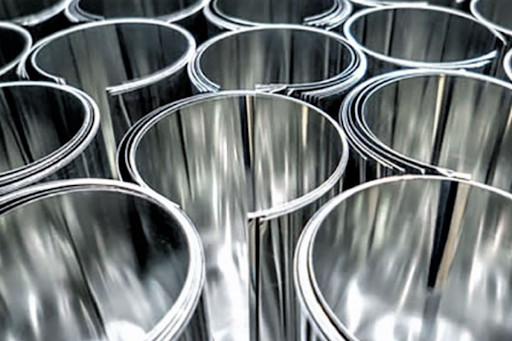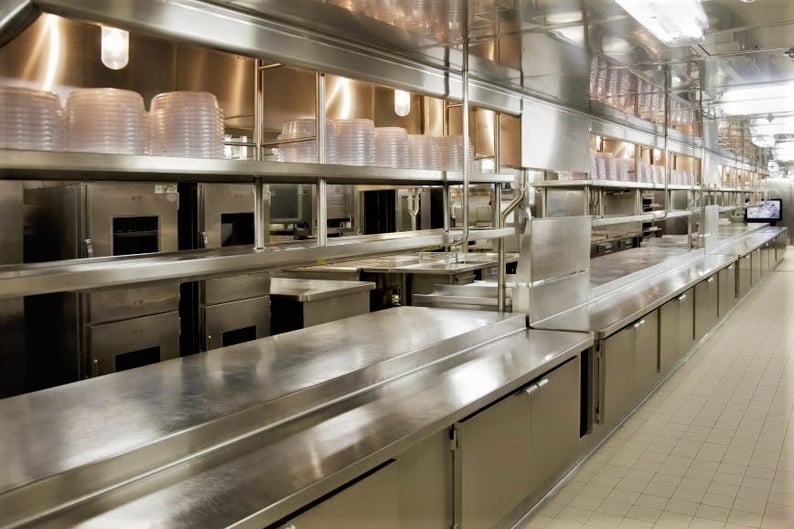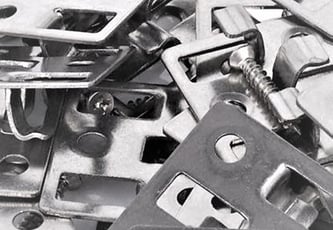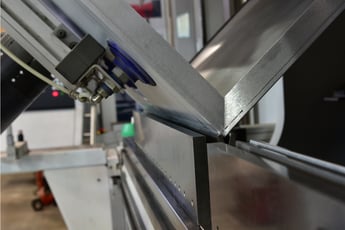Sheet metal
Leggi di più
Metal Sheets: An overview of what they are and what materials they can be made of
Niuo

According to EU legislation, sheet metal is defined as any product with a flat, rectangular surface, not less than 600 mm wide, which is obtained by cutting a wide strip or a sheared wide strip.
It is basically derived from semi-finished steel products.
One of the basic properties of sheet metal is its flexibility to various welding processes.
It is basically derived from semi-finished steel products.
One of the basic properties of sheet metal is its flexibility to various welding processes.
Sheet Metal Classification
Sheet metal could be classified according to:- Materials;
- Shape: straight, corrugated, perforated, expanded, embossed or trapezoidal;
- Production process: depending on whether it is hot-rolled or cold-rolled or flattened by coil;
- Surface finish.
What are the different types of materials that can be made into sheet metal and in which fields they are used?
Depending on their function and the sector in which they are used, sheet metal varies in thickness, size, quality and type. Among the most commonly used materials in industry are:
-
Stainless steel sheets
-
Hot-rolled sheets
-
Cold-rolled sheets
-
Aluminium sheets
-
Brass sheets
-
Copper sheets
Stainless steel sheets
Stainless steel sheets are well known for their high resistance to oxidation and corrosion, making them particularly suitable for constant exposure to humid air or fresh water.
This is due to the presence of chromium within the stainless steel alloy which is an element that thinly coats this kind of metal, resulting in a high degree of protection from external chemical agents and oxygen, generating an anti-rust effect.
Stainless steel sheets are used extensively in the food and chemical industries, but also in many other sectors because they can be easily re-formed and re-designed.
Hot-rolled sheets
Hot-rolled sheets, also known as F1, are steel plates processed at high temperatures which, through the passage between rolls, compress the metal piece in order to obtain a depletion while at the same time causing a lengthening of the sheet.
Cold-rolled sheets
Cold-rolled sheets, such as sheets with 2B, 2D or BA finish, are initially hot-rolled sheets and subsequently undergo a reduction in thickness through further processing with softening heat treatments.
In this case, metal sheets are particularly malleable and ductile, therefore, suitable for cold forming.
Aluminium sheets
Aluminium is known due to its lightness, flexibility, malleability and resistance, and therefore combined generally with other metals such as copper or manganese, especially in the construction industry.
In addition, aluminium alloy sheets are frequently treated with extra processing to increase their strength and intrinsic properties, especially in the construction industry like "almond-shaped" aluminium sheets are used for walkways or non-slip walkways.
Brass sheets
This kind of sheet is often cold forged and generally used in the production of ornamental and artistic objects, in the manufacture of musical instruments or other such applications.
They are undoubtedly the most attractive aesthetically, while their intrinsic characteristics include excellent welding properties.
Copper sheets
Copper is known for its high electrical conductivity, the reason why it is widely used in the construction industry. In particular, copper sheets can be used to coat roofs and make gutters and solar panels.
Another sector that benefits from its intrinsic features, especially its antibacterial and antiseptic properties, is the sanitary, plumbing and handicraft sectors where, for example, copper sheets are generally used to make kitchen equipment.

What materials does Niuo provide for laser cutting and sheet metal bending?
It is necessary to evaluate the inherent characteristics and properties of each material of every project whatever is the field of application. Niuo offers a wide range of materials for sheet metal working.
With Niuo you can give shape to your projects instantly, try our online quotation tool now. You will know immediately about project feasibility, costs and delivery times!
With Niuo you can start structuring your projects instantly, try our online quotation tool now. You will know immediately about project feasibility, costs and delivery times!
Articoli recenti

Sheet metal
Leggi di più
Why choose stainless steel sheets
Even if sheet metal bending is carried out using different types of materials, currently, on the...

